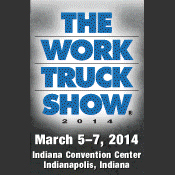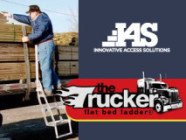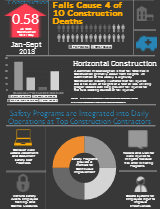The NTEA Work Truck show is being held at the Indiana Convention Center, March 5th – 7th, 2014. ‘North America’s Largest Work Truck Event‘ will be attended by thousands of industry professionals and feature nearly 530 exhibiting companies, and is one of the year’s best opportunities to network and keep in tune with industry developments. In addition, the Work Truck Show provides educational opportunities and spotlights trending Eco-Friendly innovations.
The Work Truck Show 2014 Dates
Indiana Convention Center (Indianapolis, IN)
March 5-7: The Work Truck Show
March 4-5: Green Truck Summit
March 4-6: Educational Sessions
What’s in Store at the NTEA Work Truck Show
The NTEA Work Truck Show schedule of events includes several noteworthy sessions to promote themes of education, networking and green friendly innovation. First and foremost is the President’s Breakfast & NTEA Annual Meeting on March 6th at 7:30 AM, which features Condoleeza Rice as keynote speaker. March 4th also includes special sessions to help business owners improve Customer Service and Parts & Service Management. Green Topics include the Green Truck Summit on March 4th and Green Truck Ride-and-Drive on March 5th. Educational Opportunities include the Remote Fleet and Mobile Work Crew Management Technologies Symposium and the NTEA Demo Theater, featuring short presentations on a variety of industry topics. Check out the NTEA Work Truck Show Floor Plan and download the Work Truck Show 2014 App on your phone to plan your event and stay up to date.
Visit IAS as we exhibit The Trucker™ Ladders
Innovative Access Solutions will be attending the NTEA Work Truck Show and exhibiting at Booth #3680. The IAS booth will be set up to exhibit The Trucker™ Series of Ladders. Products available for exhibit will include The Trucker I Ladder, ECO Trucker, Utility Trucker, and Storage Racks. We will have multiple representatives available to provide specifications and other details for The Trucker ladders as well as IAS Flatbed Work Platforms. We look forward to seeing you there!





